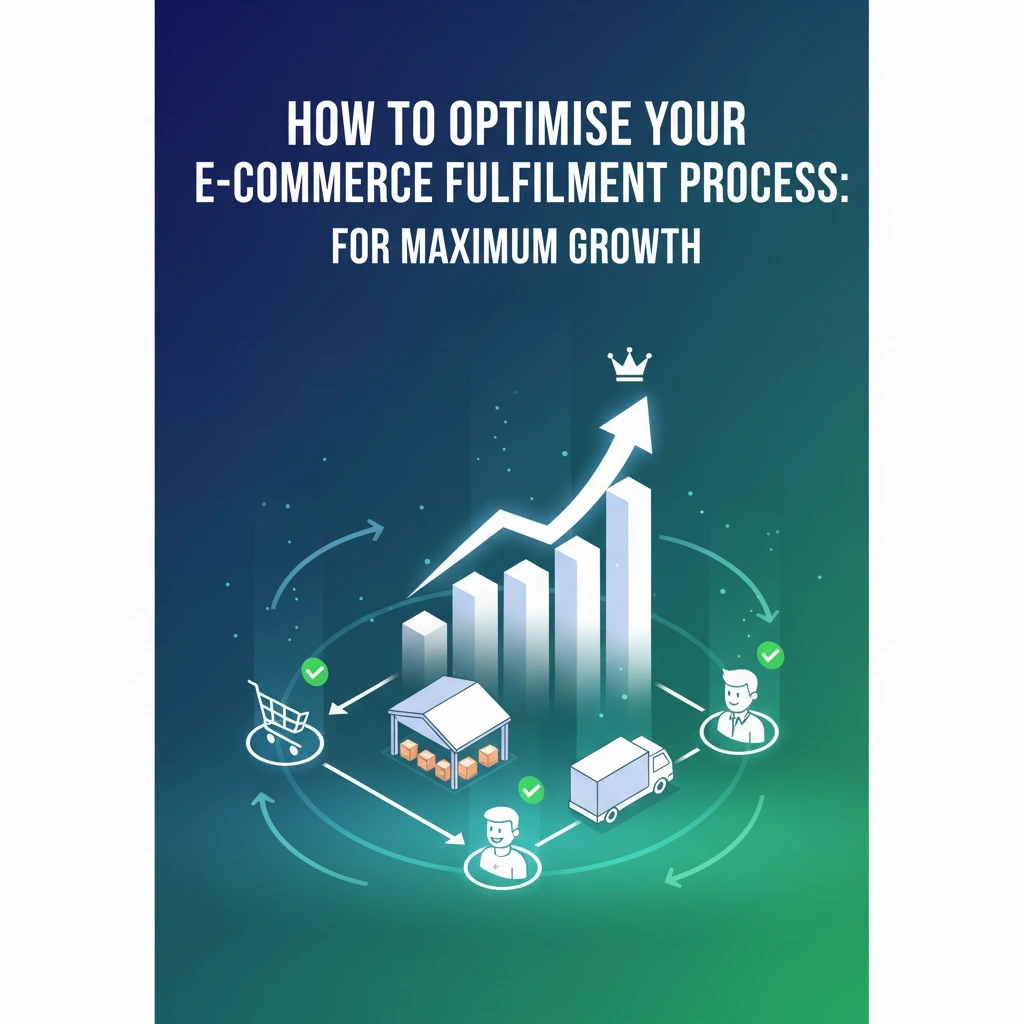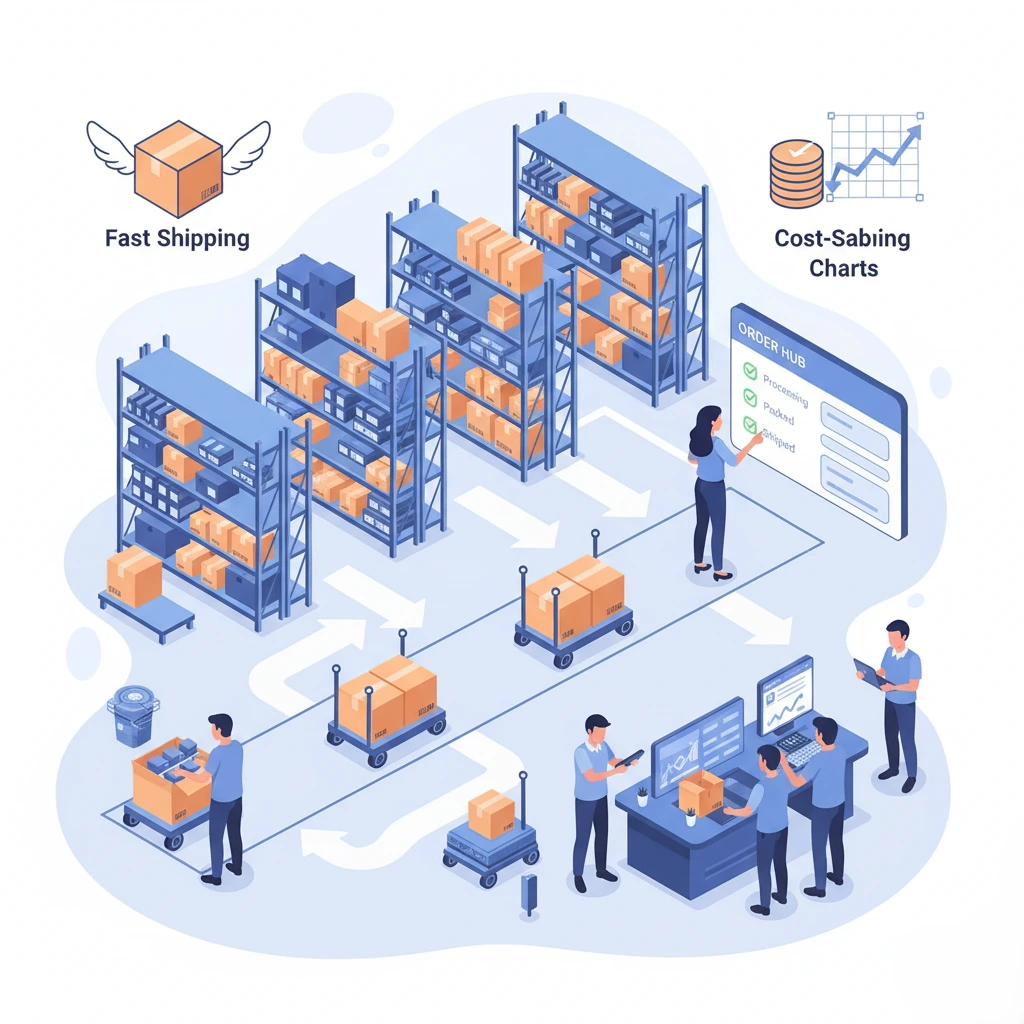The global supply chain has changed significantly over the last decade, driven by eCommerce growth, consumer expectations for fast shipping, and rising operational costs. These pressures have pushed companies to adopt smarter systems and digital tools to keep up. Technology in modern warehousing isn’t just a convenience—it’s a necessity for survival.
Why Technology Matters in Today’s Warehouses
Traditional warehousing methods can no longer meet the demands of modern logistics. Manual processes slow down operations, increase error rates, and create inefficiencies that cost businesses time and money. Technology offers solutions that enhance productivity, improve accuracy, reduce labor burdens, and provide real-time insights.
Key Benefits of Technology in Modern Warehousing
- Faster order fulfillment
- Higher inventory accuracy
- Improved worker safety
- Lower operational costs
- Enhanced decision-making with real-time data
- Streamlined workflows from receiving to shipping
These advantages highlight why digital transformation is at the core of warehouse success.
How Warehouse Automation Is Revolutionizing Operations
Automation is one of the biggest drivers of change in modern warehousing. Automated solutions help warehouses complete tasks more efficiently while reducing errors caused by manual labor.
Automated Storage and Retrieval Systems ASRS
ASRS systems use machines to automatically store and retrieve goods. These systems increase space utilization, speed up picking time, and minimize human error. Instead of workers walking long distances, robotic shuttles bring items directly to them.
Autonomous Mobile Robots AMRs
AMRs are intelligent robots that move around a warehouse without human intervention. They transport goods, assist with picking, and improve workflow efficiency. Their ability to navigate changing environments makes them more flexible than traditional automated guided vehicles.
Conveyor and Sorting Automation
Conveyor belts and automated sorting machines help warehouses process large volumes of orders quickly. These systems support eCommerce operations where fast, error-free delivery is essential.
Artificial Intelligence AI Powering Smarter Warehousing
AI plays a key role in modern warehousing by enhancing decision-making, forecasting demand, and optimizing workflows.
AI-Driven Inventory Management
AI software can predict inventory needs, reduce stockouts, and prevent overstock situations. It analyzes purchasing habits, seasonal trends, and supply chain data to ensure businesses always have the right products at the right time.
Intelligent Demand Forecasting
AI tools use historical data and market insights to forecast demand accurately. This helps companies plan staffing, inventory, and shipping schedules more effectively.
AI in Quality Control
AI-powered scanners and cameras inspect products for defects faster and more accurately than manual checks. This technology reduces returns and enhances customer satisfaction.
The Power of Data Analytics in Warehouse Optimization
Data analytics transforms raw information into actionable insights, enabling warehouse managers to make smarter decisions.
Real-Time Tracking and Monitoring
Modern warehouses use sensors, RFID tags, and IoT devices to track inventory movement and equipment conditions. This level of visibility helps prevent lost or misplaced items and ensures operations run smoothly.
Performance Metrics and KPIs
Analytics tools track key performance indicators such as picking accuracy, order lead time, and workforce productivity. Managers can use this data to identify bottlenecks and implement improvements.
Predictive Maintenance
Using IoT sensors, warehouses can predict when equipment needs maintenance before it breaks down. This reduces downtime, cuts repair costs, and keeps operations running efficiently.
How Robotics Is Enhancing Efficiency and Safety
Robotics is no longer futuristic—it’s a standard part of modern warehousing.
Picking and Packing Robots
Robotic arms and pickers handle repetitive tasks like selecting products from shelves and packing boxes. These robots work faster than humans and reduce the risk of injuries from repetitive movements.
Automated Palletizers and Depalletizers
These machines stack and unstack pallets with precision, eliminating the need for heavy lifting and improving worker safety.
Collaborative Robots Cobots
Cobots work alongside humans, assisting with tasks that require strength, precision, or repetition. They improve efficiency without eliminating the human workforce.
Cloud Technology and Warehouse Management Systems WMS
Cloud-based warehouse management systems play a critical role in connecting all aspects of modern warehousing.
Centralized Real-Time Control
A cloud-based WMS gives managers real-time visibility into inventory levels, order status, and worker productivity—accessible from anywhere.
Improved Scalability
As businesses grow, cloud systems scale easily without large hardware investments.
Integration With Other Technologies
WMS platforms integrate seamlessly with robotics, IoT devices, analytics tools, and eCommerce platforms, creating a unified ecosystem.
The Rise of IoT in Smart Warehousing
The Internet of Things is one of the most influential technologies in modern warehousing.
IoT Sensors for Inventory and Equipment
Sensors monitor everything from temperature and humidity to product movement and machine health, ensuring quality control and safety.
Connected Forklifts and Vehicles
IoT-enabled forklifts track usage, send safety alerts, and help prevent accidents.
Environmental Monitoring
Sensors maintain ideal conditions for temperature-sensitive products like food or pharmaceuticals.
How Technology Improves Warehouse Safety
Modern warehouses use technology to create a safer environment for workers.
Wearable Tech
Devices like smart helmets and vests monitor worker health and provide alerts in dangerous situations.
Automated Safety Systems
Robots reduce the need for hazardous tasks like climbing ladders or moving heavy inventory.
Collision Avoidance Sensors
Sensors on vehicles and machinery help prevent accidents and workplace injuries.
The Future of Technology in Modern Warehousing
Looking ahead, the future of warehousing will be driven by even smarter innovations.
Emerging Technologies to Watch
- Drone inventory scanning
- Fully autonomous warehouses
- Advanced robotics that mimic human dexterity
- Augmented reality for training and picking
- Blockchain for transparent supply chain tracking
These advancements will continue shaping warehouses into more efficient, intelligent, and resilient operations.
Final Thoughts: Technology Is the Backbone of Modern Warehousing
Technology has transformed modern warehousing from traditional storage spaces into dynamic, data-driven, automated ecosystems. Businesses that embrace warehouse automation, AI, data analytics, robotics, IoT, and cloud-based systems position themselves for long-term success in an increasingly competitive market.
The role of technology in modern warehousing is only growing—and companies willing to innovate will lead the future of logistics, productivity, and customer satisfaction.


